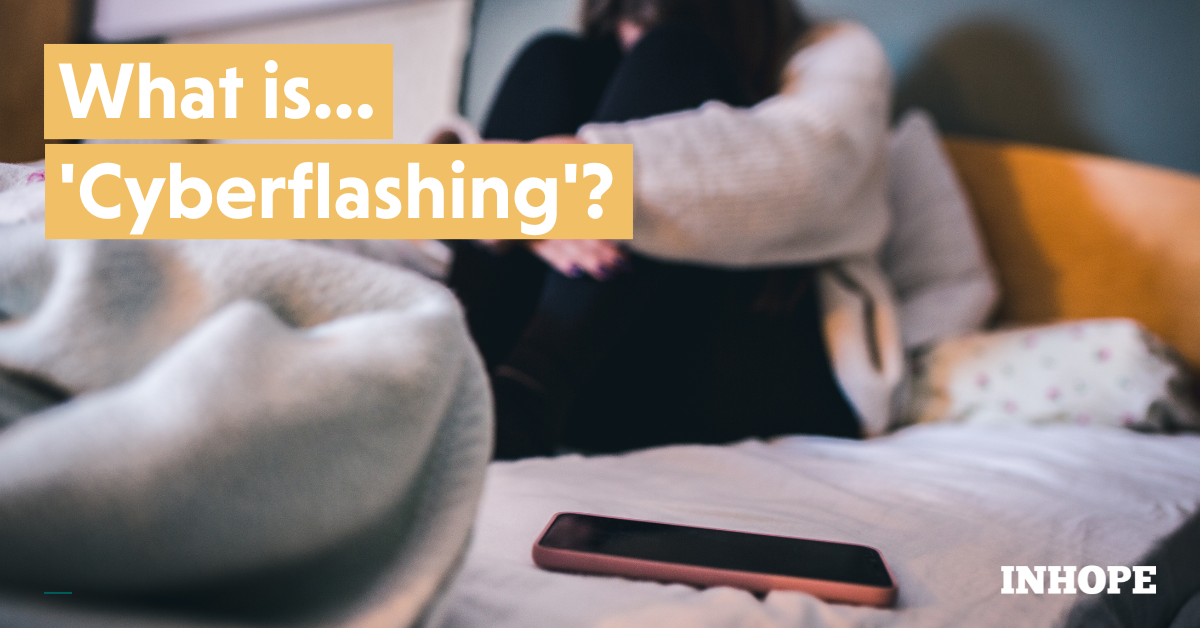Article
Educational Articles
What is Cyberflashing?
Cyberflashing refers to the act of sending non-consensual intimate images (NCII) to another person. This type of harassment can occur via services such as AirDrop as well as within the realm of social media, or dating apps.
The Importance of Terminology
While commonly referred to by other terms, cyberflashing is an act of image-based sexual abuse and should be addressed as such. Using minimising terms (e.g. dick pics) trivialises the offence as well as its impact on the affected victims. This type of digital sexual exploitation often targets adult women on dating apps but is in many cases, directed at children, who perpetrators target over social media. Receiving an intimate image without consent can be traumatic for anyone, but especially for young children, the impact of this abuse can be profound.
Victims of exploitation tend to keep the incident to themselves for fear of being blamed or shamed for its occurrence. Consequently, many children deal with the impact of being exposed to lewd content on their own. Especially in the case of cyberflashing in which targets are expected to safeguard themselves by avoiding certain apps or adjusting privacy settings on their phone, speaking up can seem unthinkable.
This is why it is essential to use the appropriate language when addressing this type of digital sexual abuse. We have to raise awareness of the seriousness of the offence and empower victims to speak up about their experiences.
Is Cyberflashing Illegal?
Cyberflashing is a form of sexual exploitation that causes victims to feel distressed, violated, and vulnerable in digital spaces. But despite the gravity of the offence it is still not considered illegal in most countries. Scotland, England, Wales, Singapore and certain parts of the US are currently the few locations to have criminalised cyberflashing, and there is still a long way to go before this act of sexual exploitation is globally legally recognised.
How can we combat Cyberflashing?
Despite legislative obstacles, there are ways in which different stakeholders can work to combat cyberflashing. Industry leaders and big tech can implement safeguarding tools on their platforms that prevent non-consensual exposure to intimate images for their users. An example provides the Dating App Bumble, which has developed the tool "Private Detector " that identifies and automatically blurs intimate images sent on the app. The user on the receiving end of the photo then has the choice of viewing, deleting, or reporting the image. The tool has been made publicly available as open-source code to allow the wider tech Community to follow Bumble's lead.
As NGOs, we must raise awareness that cyberflashing is sexual exploitation and therefore a form of abuse. We have to continue fighting until the gravity of this abuse is reflected in our legislation. Only when cyberflashing is considered illegal can our member hotlines begin processing and law enforcement agencies begin investigating these reports.
We encourage you to report any incident of non-consensual exposure to intimate images directly on the platform. If you or someone you know has fallen victim to a cyberflashing attack, please know that you are not alone and help is available. Access helpful resources here.
